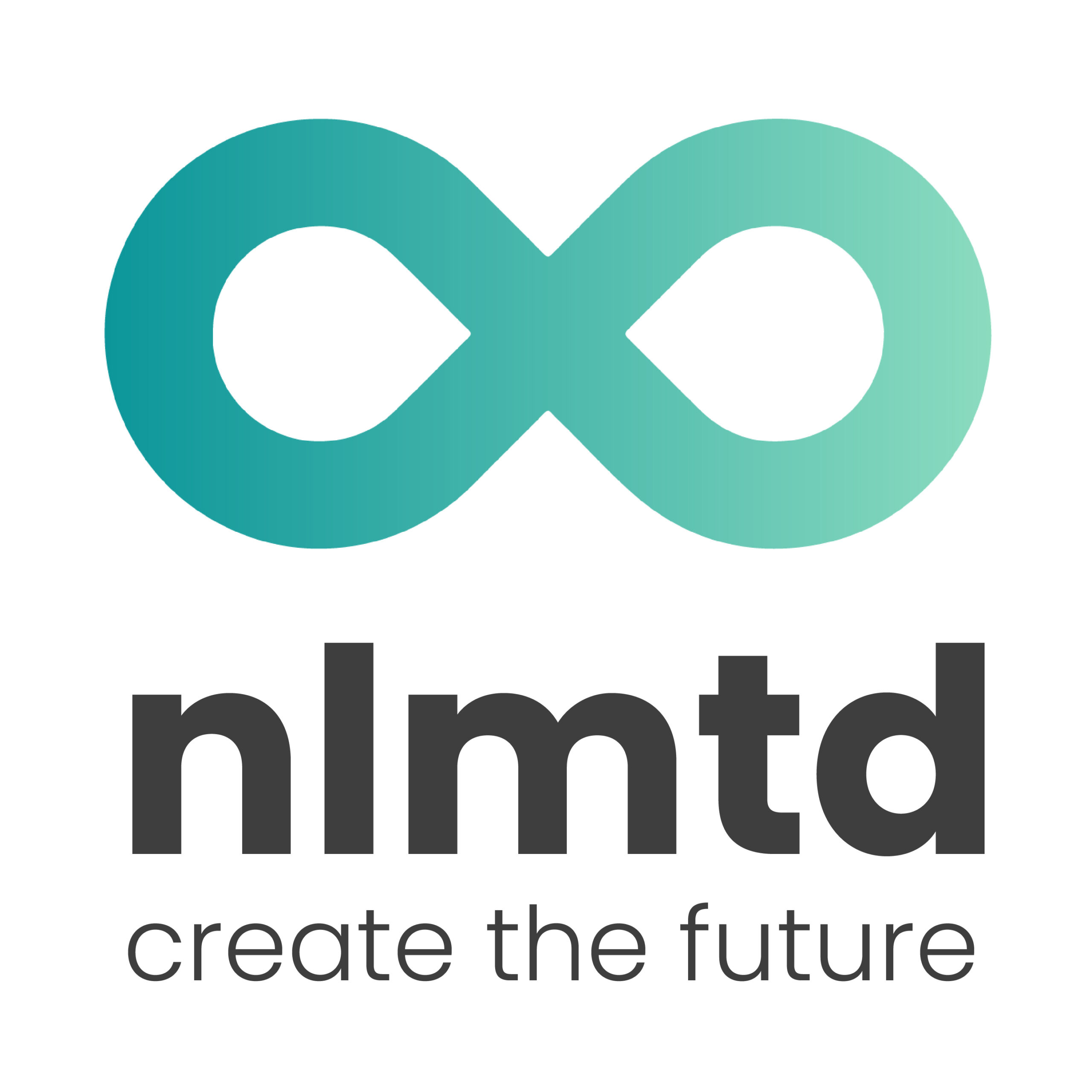
Gijs Bouwmeister
Director Energy Transition
Gijs is a seasoned program manager who works at the intersection of business and IT, with a particular focus on the energy sector. With his enthusiasm and sharp analytical skills, he translates strategy into execution and actively engages people in the process of change.

Tijmen van Diepen
Management Consultant Energy Transition
Tijmen specializes in developing and implementing strategies, especially in the energy sector. As an experienced management consultant, he successfully initiates and realizes complex programs. His approach emphasizes connecting intricate content with human change.
Share this article
How OT becomes a strategic key in a connected world
In a world where digital and physical infrastructures are increasingly intertwined, the strategic value of operational technology (OT) continues to grow. OT systems serve as the nervous system for various sectors, including energy, industry, transportation, and utilities. They enable us to better understand and control our physical environment. As data, automation, and AI become more important in the future, OT will play a crucial role. While they keep our society functioning smoothly, OT systems are also vulnerable to various threats.
During the Create the Future 2025 event, we engaged in discussions with experts from various organizations, including Deloitte, ProRail, Stedin, Philips, and Enexis. We examined the increasing importance of Operational Technology (OT) for organizations. What does this mean for security and integration in a rapidly digitalizing world? What are the implications for roles, governance, and collaboration?
In an interactive session, we assessed the current landscape, shared best practices, and collaboratively envisioned the future. Embracing OT means considering not only technology but also strategy, organizational culture, and the need for future readiness.
From Analysis to Action

Before the session, we spoke with seven organizations that significantly utilize occupational therapy (OT). From these discussions, we identified six key findings about the current state of OT in the field. These findings served as the foundation for the session, during which we reflected on the practice and future of OT alongside the participants.
6 sharp findings
- The convergence of Operational Technology (OT) and Information Technology (IT) is essential for future-proofing organizations.
- A successful OT organization should be centrally organized and empowered to make its own decisions.
- Cybersecurity must be a strategic priority.
- Processes, systems, and working methods should be highly standardized to scale effectively with evolving needs.
- OT requires a careful balance between directing activities and outsourcing, while also retaining key knowledge in-house.
- Organizations need to recognize OT as a critical enabler for achieving their overall strategy.
The group discussed several provocative propositions, including:
- Should IT and OT completely merge in the future
- What is the role of the CISO in OT security?
A recurring conclusion is that the fields of IT (Information Technology) and OT (Operational Technology) are converging. This convergence presents both opportunities and challenges for organizations. The real challenge is not the technology itself, but rather figuring out how to integrate these two domains while preserving their unique strengths and benefits.

IT and OT: Different, but Interdependent
Although IT and OT are increasingly collaborating, they fundamentally differ in their approaches. OT focuses on physical processes, continuity, and security, whereas IT emphasizes flexibility, speed, and data exchange.
During the session, it became evident that not all participants view full integration between IT and OT as realistic or desirable. In fact, many believe that effective collaboration requires mutual respect for each other’s operations and rhythms rather than complete fusion. The true challenge lies in aligning frameworks, sharing knowledge, and developing a common approach to working. It is when IT and OT learn from one another, rather than merging, that opportunities for strengthening and innovation arise.
Therefore, the conclusion is to concentrate on enhancing collaboration. This starts with the technical aspect, focusing on processes, governance, and shared KPIs. However, it also requires investment in the organizational aspect, such as leadership, team integration, physical gatherings, and shared learning paths.
The Role of the CISO
From the preparatory interviews, it has become evident that cybersecurity is becoming increasingly important. With the rise in geopolitical threats, the security of our industries and infrastructure is of utmost importance. The growing integration of IT and operational technology (OT) means that the Chief Information Security Officer (CISO) plays a more significant role in the OT environment. However, in practice, this role is not always clearly defined.

Furthermore, the integration of IT and OT is an investment that requires careful consideration and planning. Choosing not to intervene may seem easier at times, but it ultimately leads to greater risks and costs in the long run.
Our Takeaways for the Future
The session provided several valuable insights that can guide the future of Operational Technology (OT):
- OT is crucial for accelerating the energy transition.
- The integration of IT and OT presents opportunities but requires careful consideration.
- Collaboration among different organizations can enhance OT security, but it must be well-organized.
- Knowledge sharing between IT and OT is crucial for enhanced system protection.
The strategic importance of OT is growing, which increases the need for organizations to take responsibility for security, collaboration, and a future where OT not only operates effectively but also adapts to changing conditions.
Working Together on Future-Proof OT
The future of Operational Technology (OT) relies on open discussions, intelligent structures, and a willingness to learn from one another. Collaboration is essential, but it does not mean giving up control of your OT. Each organization remains the owner of its own infrastructure.
We are committed to shaping that future alongside partners, experts, and organizations that recognize the significance of OT.





